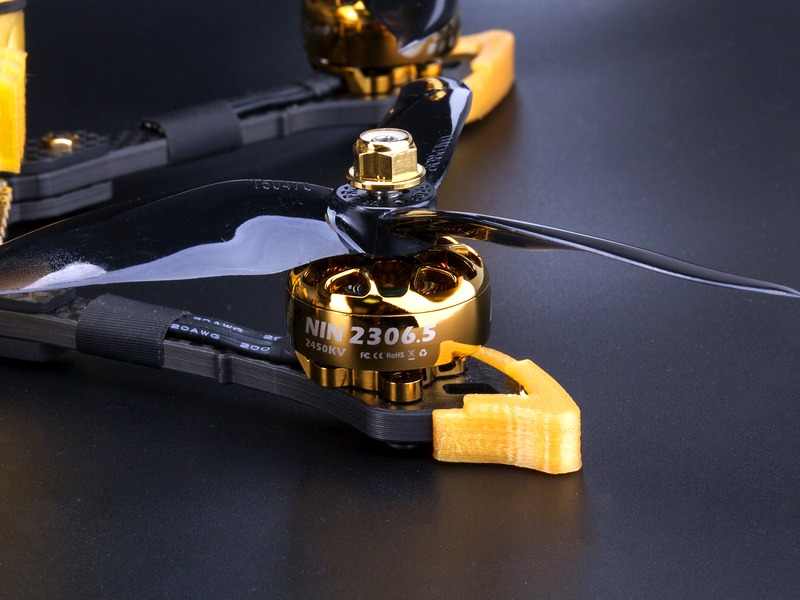Can ATC see your drone?

Yes, a drone can be seen by Air Traffic Control (ATC). The ATC is responsible for monitoring the air space in order to ensure that all aircraft, including drones, are flying safely. Depending on the airspace, and the type of drone, the ATC may be able to see the drone on their radar.
For drones operating in Class G airspace (uncontrolled airspace) and below, the ATC is not likely to be able to see the drone on their radar. But even in these cases, the ATC can still detect the drone. This is because the ATC can detect any aircraft that is broadcasting an ADS-B (Automatic Dependent Surveillance-Broadcast) signal, which most drones do. This signal provides information about the drone, such as its position, altitude, speed, heading and more.
If the drone is operating in Class E airspace (controlled airspace) or higher, the ATC is much more likely to be able to see the drone on their radar. This is because the ATC’s radar system is designed to detect aircraft that are operating in controlled airspace. In addition, the ATC can detect any aircraft that is broadcasting an ADS-B signal.
In many countries, it is also now mandatory for all drones to be registered with the local aviation authority. This means that the ATC can easily identify the drone and its operator, as well as its flight history.
In addition to the ATC’s ability to detect and identify drones, they can also monitor a drone’s flight path and altitude. This is done using a variety of techniques, such as radar, visual observation and radio communication. This allows the ATC to ensure that the drone is following the correct flight path and is not violating any airspace regulations.
Overall, it is clear that the ATC can see your drone. Depending on the airspace, the ATC may be able to detect the drone on their radar. In addition, the ATC can identify the drone and its operator, as well as monitor its flight path and altitude. All of this enables the ATC to ensure that the drone is operating safely.
Comments / Question
2. Drones must not be flown higher than 400 feet above ground level (AGL).
3. Drones must remain within the operator’s line of sight at all times.
4. Drones must not be flown over people or moving vehicles.
5. Drones must not be flown near airports or airfields without prior approval from air traffic control (ATC).
6. Drones must not be flown within 5 miles of a major airport without prior approval from ATC.
7. Drones must not be flown in restricted airspace.
8. Drones must not be flown in any manner that interferes with manned aircraft operations.
9. Drones must not be flown in any manner that endangers the safety of people or property.

